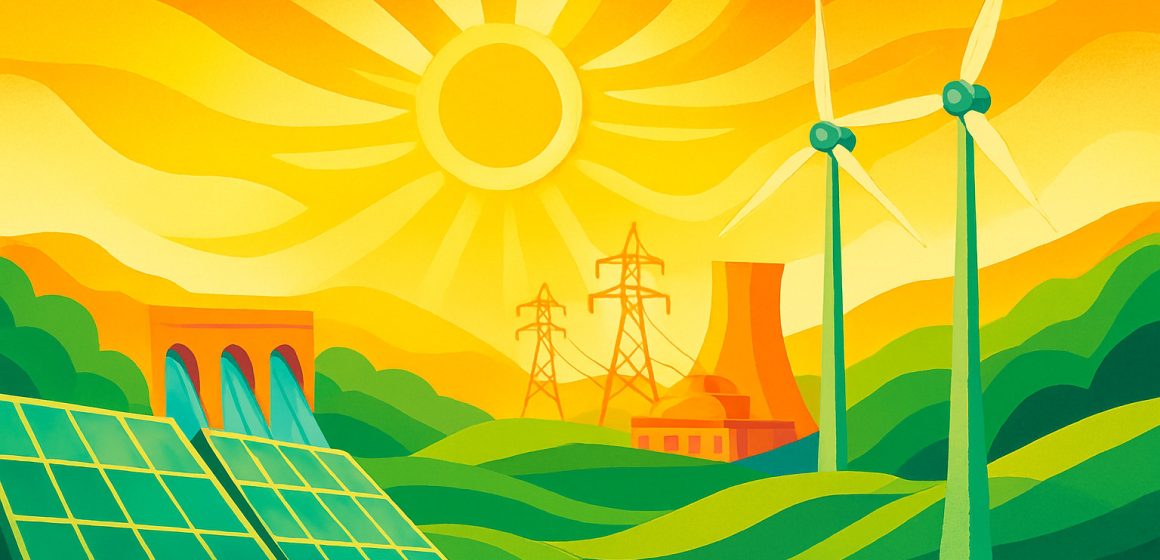With this milestone, India has fulfilled one of its core COP26 Panchamrit commitments: achieving 50 per cent of installed electric power capacity from non-fossil fuel sources five years ahead of the 2030 target.
India’s power sector has crossed two historic thresholds, marking a decisive shift in the country’s clean energy transition. As of September 30, the nation’s total installed electricity capacity reached 500.89 GW, with non-fossil fuel sources now accounting for over 51 per cent of the mix, the Ministry of Power said in a statement on Wednesday.
Of the total capacity, 256.09 GW comes from non-fossil fuel sources, including solar, wind, hydro, and nuclear, while 244.80 GW is fossil-fuel-based. Within renewables, solar power leads with 127.33 GW, followed by wind at 53.12 GW. In the first half (April-September) of FY2025-26, India added 28 GW of non-fossil capacity, compared to 5.1 GW of fossil-fuel capacity, marking the accelerating shift toward cleaner sources.
On July 29, India recorded its highest-ever share of renewable energy in electricity generation. Renewables met 51.5 per cent of the country’s total demand of 203 GW. Solar generation stood at 44.50 GW, wind at 29.89 GW, and hydro at 30.29 GW. This was the first time more than half of India’s power came from green sources in a single day.
With this, India has met one of its key COP26 Panchamrit goals: achieving 50 per cent of installed electric power capacity from non-fossil fuel sources by 2030. The country had announced five core climate commitments to accelerate its energy transition at the 2021 UN Climate Change Conference in Glasgow.
The Ministry of Power and the Ministry of New and Renewable Energy (MNRE) jointly congratulated power generation companies, transmission utilities, system operators, and state agencies for their role in achieving this landmark.


